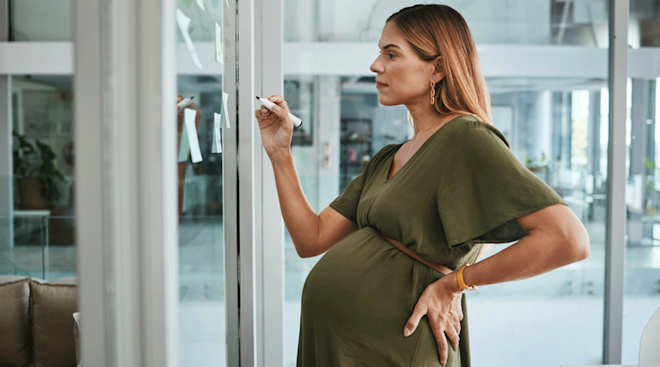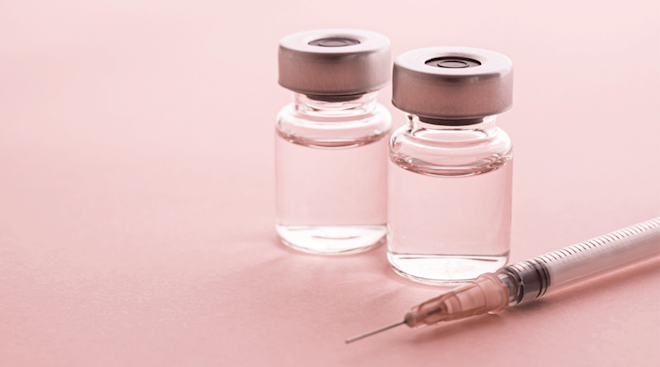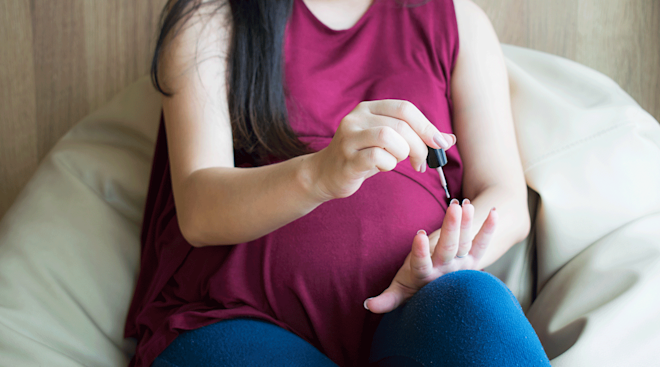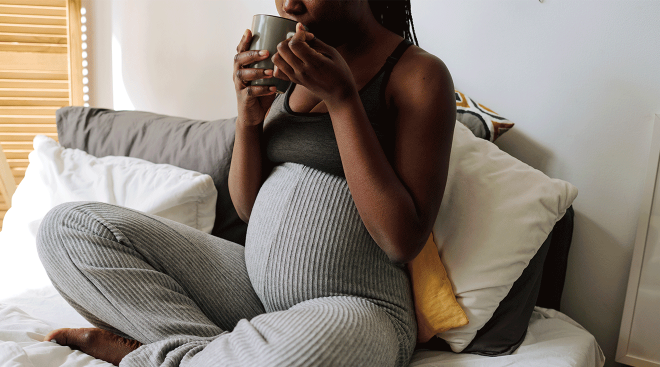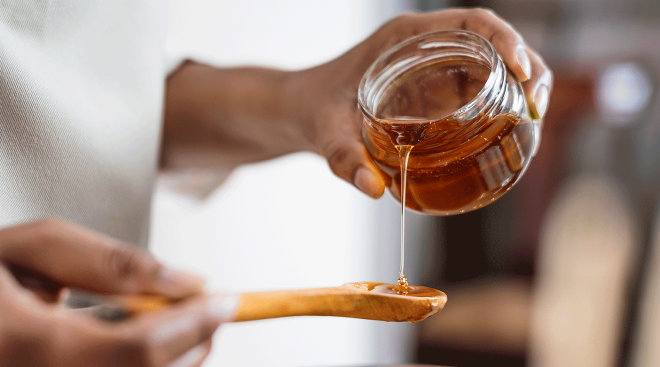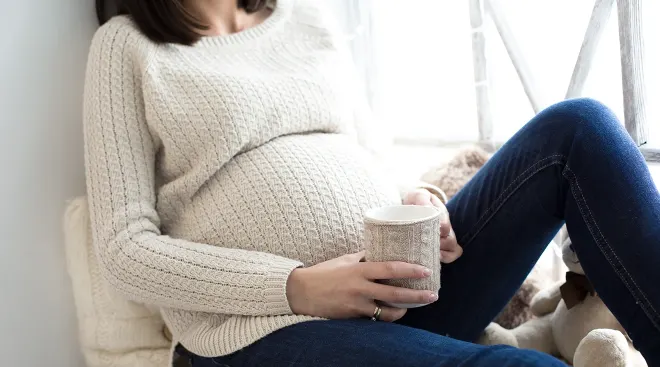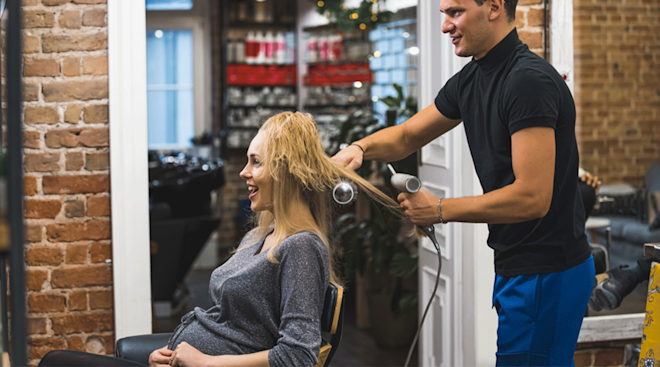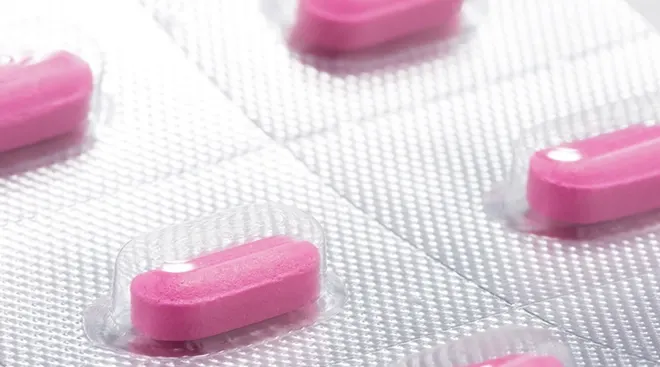Baby Could Be Exposed to Air Pollution Even in the Womb, Study Finds
Here’s yet another reason to care about pollution and climate change: For the first time, researchers have proven that soot (aka black carbon, be it from a fire or car or any number of other things that involve the combustion of fossil fuels or burning wood) can actually make its way through the placenta, building up on the side that faces baby.
It doesn’t matter if you live in a high-pollution place, like a city, or a more rural area where pollution likely isn’t as intense. When a group of Belgian scientists analyzed 20 placentas, 10 from high-exposure areas and 10 from low, they found black carbon in every single one.
Their findings, which were published in the journal Nature Communications, also revealed that they tested an additional five placentas from miscarriages. Again, they found black carbon in each one. The particles were also present in a 12-week-old fetus, which indicates how early developing babies could be exposed.
This news is alarming. Not only is 12 weeks an important developmental phase for baby, but we also already know that environmental factors like air pollution can result in premature birth or lower birth weight. And though this particular study doesn’t look at the health effects of being exposed to soot in the womb, we do have research that links the spike in childhood asthma to breathing in polluted air. Exposure to pollution has also been associated with an increased risk for autism. These are just a few of the reasons why the World Health Organization listed air pollution as one of the top 10 global health threats for 2019.
“In Belgium, we have quite low concentrations in the air,” said lead author Hannelore Bové, a postdoctoral researcher at the Centre for Environmental Sciences at Hasselt University. “And on top of that, we’re recruiting mothers in a neighborhood where there’s an especially low concentration. If we can find it at low levels, it should be even worse when you’re exposed at higher concentrations.”
For context, the US ranks as the third worst for traffic-related air pollution.
So what can moms-to-be do to protect their baby? Purchasing an air purifier may help. A 2018 report found that air purifiers can decrease particle pollution in your home by 29 percent. According to those findings, women who had them in their homes throughout their pregnancy ended up giving birth to babies who were closer to the average weight than those women who did not use an air purifier.
In short: It’s time to go shopping.
Please note: The Bump and the materials and information it contains are not intended to, and do not constitute, medical or other health advice or diagnosis and should not be used as such. You should always consult with a qualified physician or health professional about your specific circumstances.
Navigate forward to interact with the calendar and select a date. Press the question mark key to get the keyboard shortcuts for changing dates.


































